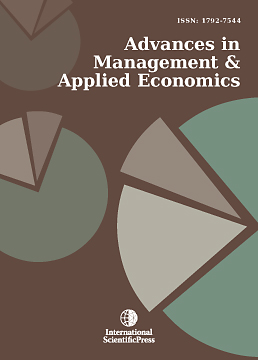Advances in Management and Applied Economics
Environmental Impact Assessment: A PLS-SEM Model Based on Empirical Community Perceptions
-
 [ Download ]
[ Download ]
- Times downloaded: 11
Abstract
Environmental Impact Assessment (EIA) is the primary technical and administrative instrument for decision-making on projects, activities, and environmental aspects that may generate significant effects on the natural and social environment. In infrastructure projects, the EIA is a prerequisite for initiating construction and operational phases. This article analyzes the relationships between project activities, resulting environmental aspects, and impact assessment using Structural Equation Modeling PLS-SEM. While the conceptual model builds on the factors proposed by Conesa (2009), a distinct methodological approach was adopted, moving beyond traditional qualitative evaluation. A Likert-scale questionnaire was administered to residents of the study area, who assessed the extent to which specific project activities are associated with environmental impacts. Unlike ex ante approaches based on expert judgment and predictive models, this study incorporates an ex-post evaluation, integrating empirical data and the lived experiences of affected communities. This shift aligns with the principles of Participatory Action Research (PAR), emphasizing co-construction of knowledge and active stakeholder engagement. The findings highlight how specific construction activities influence environmental impacts, offering valuable insights for regional planning in Coahuila. The proposed methodological framework can be applied to similar contexts, particularly where PAR-based strategies can be integrated to strengthen transparency, accountability, and collective learning in environmental management.
JEL classification numbers: Q51, Q52, Q53, Q54.
Keywords: Environmental Impact Assessment, Participatory Action Research (PAR), Structural Equation Model.
